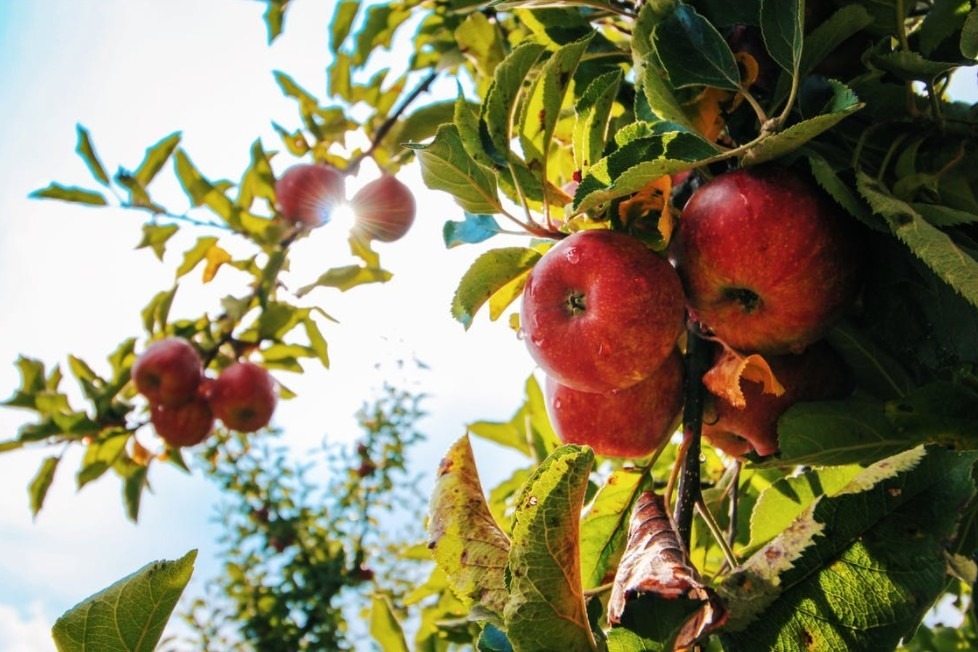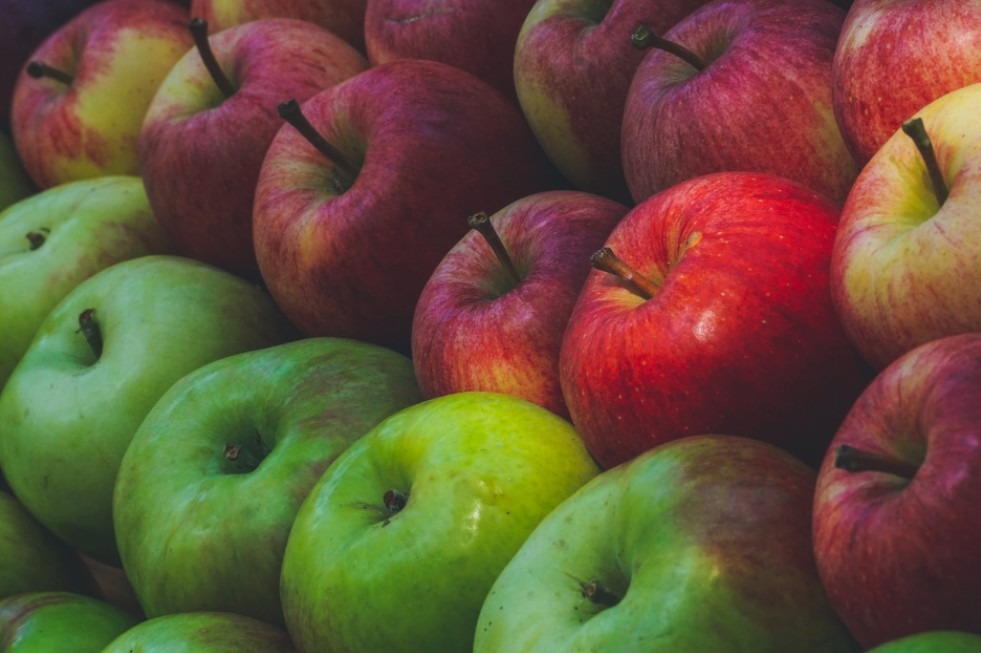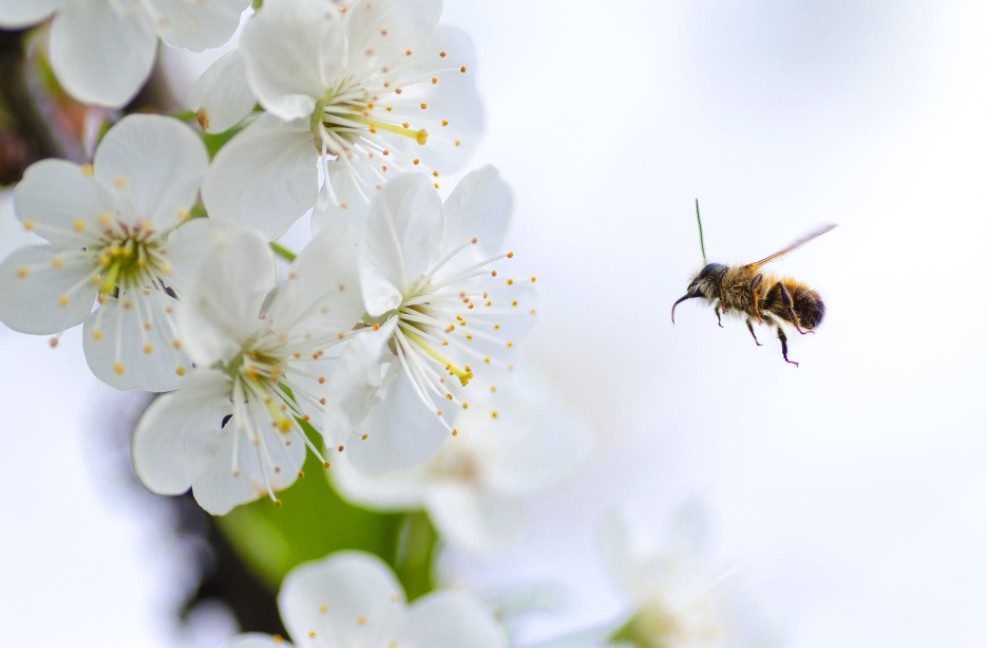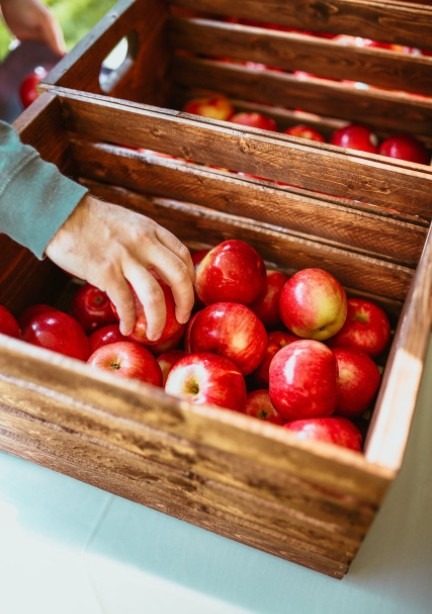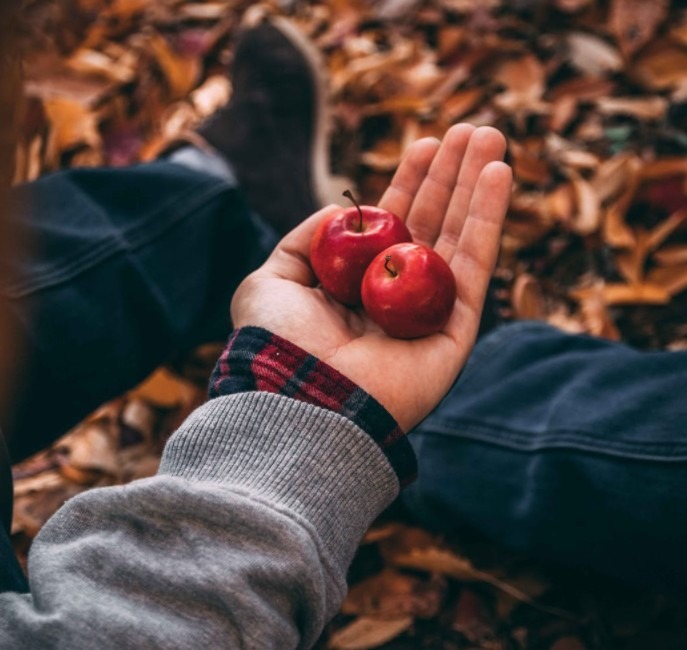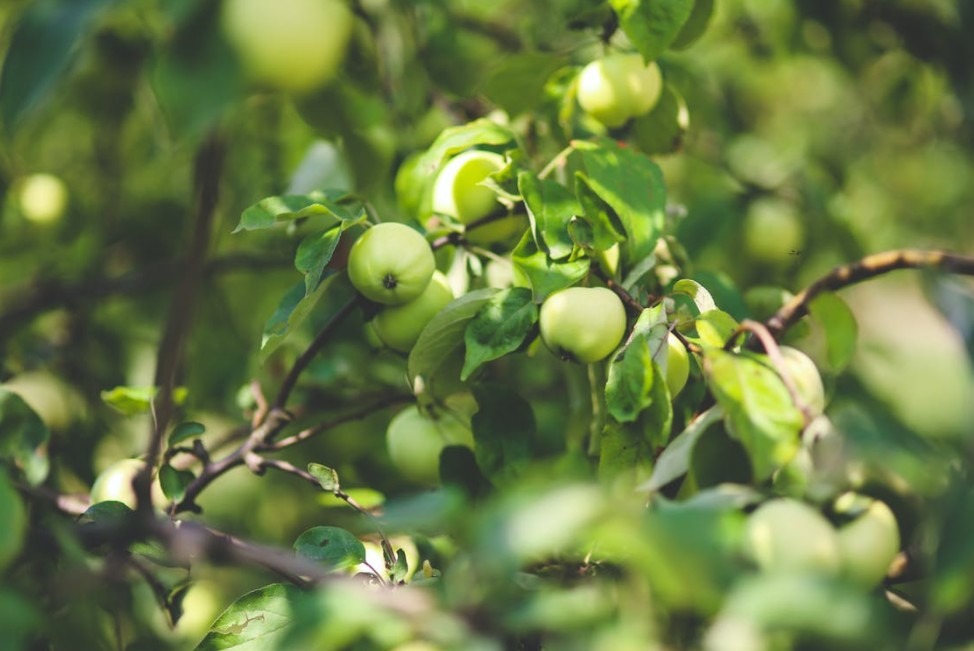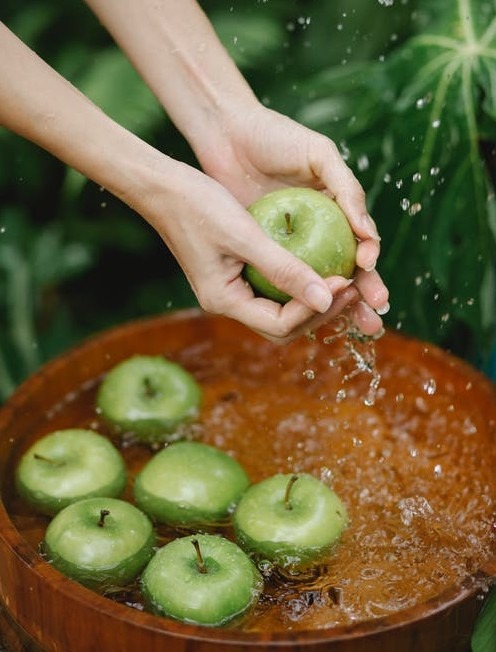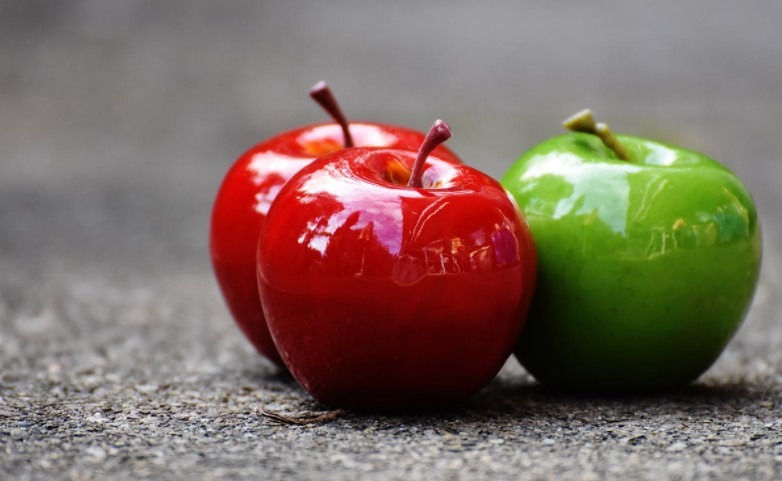An apple a day keeps the doctor away, a well-known saying that reveals the significance of this fruit bestowed upon us, a simple blessing in disguise. It is a pome with lavish red, green and yellow skin that covers the ripened edible ovary. Their diameter falls around 5 to 10cm when harvested.
They act as dietary fibers and are rich in carbohydrates, vitamin A and C. It caters to wider range of health benefits including high blood pressure, heart diseases and diabetes. Apples are mostly consumed in raw form and salads or cooked into pastry fillings or apple pies.
How much does an Apple tree yield?
Depending up on the variety they vary in size, acidity and color. It mainly depends on the rootstock selected that determines whether the apple tree will have a dwarf or standard form.
Apple trees mostly comprise of two sections, the scion and the rootstock. The scion cultivar decides the sort of apple and the fruiting propensity for the tree.
The rootstock decides the earliness to prove to be fruitful, the general size of the tree, and its life span. Both the scion and rootstock influence the pest resistance. In this manner, cautious determination of both the cultivar and the rootstock will add to the organic product quality over the existence of the tree.
The yield of an apple tree differs in terms of rootstock, age of the tree and variety. A standard mature tree yields around 226kgs of apples while the dwarf tree withholds and yields 18 to 45kgs. It requires 7 to 8 years for the apple tree to reach its full production level. Dwarf trees on the other hand tend to produce the crop faster than the time required for a standard tree.
Dwarf rootstocks produce a limited height tree that is shorter in size in comparison to a standard tree. It is more practical to grow dwarf trees in your backyard as its size ranges from 6 to 12 feet tall, making it easy to maintain and harvest.
Does a fertilizer help apple trees?
Fertilizers play a vital role in the development and fruiting of apple trees but avoid spilling fertilizers straightaway as it will harm the roots.
It is an excellent way to replenish the nutrients in your soil, especially nitrogen. Nitrogen encourages optimal growth, which is exactly what you want to promote before your apple tree reaches its fruit-bearing years.
Fruiting channels a ton of energy from the tree, and just healthy trees prove to be fruitful. To beat this issue, the expansion of top-quality manure to the dirt is a basic advance in apple creation.
Pollination
Pollination is an essential piece of developing quality apples. Apples require cross-pollination which is vastly carried out by honey bees, bumble and mason bees moving pollen from donating tree to the receiving tree.
Pollen giving trees should be a viable cultivar that has been intercropped for instance planted in substitute columns or crabapple trees that have been scattered inside the apple plantation for this reason.
Usually bees visit flowers early morning. Plantation management practices like pesticide applications or cutting that disturb their morning action may fundamentally affect the accomplishment of pollination.
Apples that don’t get sufficient pollination can become distorted as they create, or will bring about early natural product drop. Apples usually blossom within 9 days when pollination takes place. This process is shorter or less time consuming for warmer regions than the colder ones.
Factors affecting the apple size
The size depends on the number and proportion of cells contained within an apple. An average sized apple has around 50 million cells packed together so it can be either larger number of cells that shapes the size or the size of individual cells that make up an apple.
Most apple cultivators endeavor to deliver bigger sized product. To accomplish this objective, cultivators must consider the components that impact apple natural product size and the significance of each factor. Elements that influence organic product size can be sorted as genetic, cultural, and ecological.
Genetic factors
The main factor influencing apple natural product size is the hereditary qualities of the cultivar.
Think about a crab apple. Regardless of what producers so, the crab apple organic product consistently will be little. On the other hand, Honey crisp and Mutsu apple will be generally huge in size.
Genetic qualities can influence both cell number and cell size.
Cultural factors
The yield load; that is the number of fruit product per tree corresponding to the size of the tree is quite possibly the main factor that cultivators can impact.
Thinning or Diminishing the yield load permits the natural product that stay to expand. Diminishing builds organic product size generally by giving assets to expanding the cell number of the leftover organic product.
Mostly the sooner the diminishing is played out, the more noteworthy the achievement in expanding organic product size. Other social factors that can influence organic product size are pruning, fertilization, sustenance, and soil the board.
Ecological factor
The main natural variables affecting organic product size are temperature and light.
During early developing season, the prevailing type of organic product development is cell division; later in the season, the predominant type of organic product development is cell extension.
The crucial time span for organic product development is the initial five weeks or somewhere in the vicinity following blossom.
Cultivators can expect bigger organic product size in years with warm, radiant climate in late-winter than in years with a ton of cool, overcast climate. Warm temperatures increment natural product size basically by giving conditions that increment cell size.
Benefits of consuming apples
Soluble fibers present in apple maintain high blood pressure and cholesterol.
It lowers blood sugar by slowing the digestion process of glucose.
It strengthens your immune system as it contains vitamin C.
These are known to be diabetes-friendly fruit as it lowers blood sugar level rather than increasing it.
Conclusion
From cooking apples to enjoying this wonder raw is a unique experience that aids in providing a healthy lifestyle along with many unseen benefits that we seem to miss out. It is a portion of rich vitamins that does wonders.
Also to accomplish huge natural apple size, cultivators should attempt to enhance this load of components. However, they should focus on sufficient early organic product diminishing, choosing locales that have warm late-winter temperatures, and pruning to accomplish great light infiltration and top notch blossom buds. And generally, accomplishing bigger organic product size is a lot simpler when the cultivar being developed has a high genetic potential for enormous organic product size.

